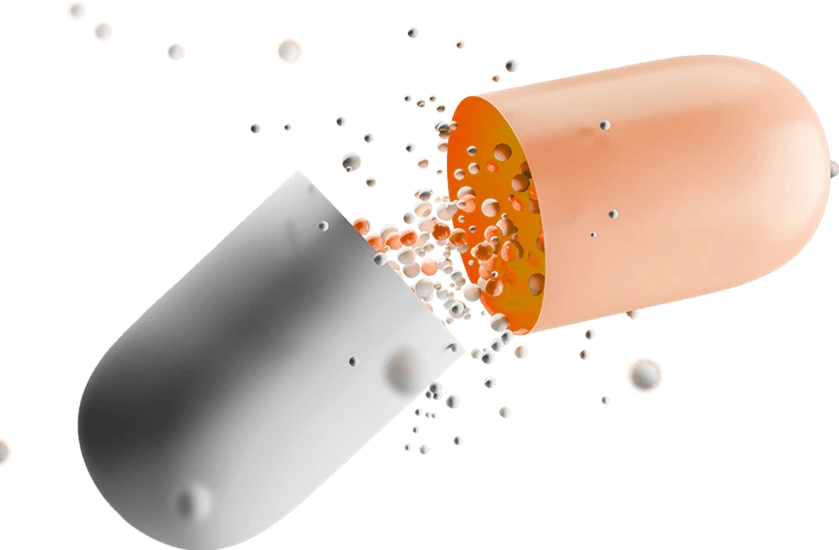- Afrikaans
- Albanian
- Amharic
- Arabic
- Armenian
- Azerbaijani
- Basque
- Belarusian
- Bengali
- Bosnian
- Bulgarian
- Catalan
- Cebuano
- Corsican
- Croatian
- Czech
- Danish
- Dutch
- English
- Esperanto
- Estonian
- Finnish
- French
- Frisian
- Galician
- Georgian
- German
- Greek
- Gujarati
- Haitian Creole
- hausa
- hawaiian
- Hebrew
- Hindi
- Miao
- Hungarian
- Icelandic
- igbo
- Indonesian
- irish
- Italian
- Japanese
- Javanese
- Kannada
- kazakh
- Khmer
- Rwandese
- Korean
- Kurdish
- Kyrgyz
- Lao
- Latin
- Latvian
- Lithuanian
- Luxembourgish
- Macedonian
- Malgashi
- Malay
- Malayalam
- Maltese
- Maori
- Marathi
- Mongolian
- Myanmar
- Nepali
- Norwegian
- Norwegian
- Occitan
- Pashto
- Persian
- Polish
- Portuguese
- Punjabi
- Romanian
- Russian
- Samoan
- Scottish Gaelic
- Serbian
- Sesotho
- Shona
- Sindhi
- Sinhala
- Slovak
- Slovenian
- Somali
- Spanish
- Sundanese
- Swahili
- Swedish
- Tagalog
- Tajik
- Tamil
- Tatar
- Telugu
- Thai
- Turkish
- Turkmen
- Ukrainian
- Urdu
- Uighur
- Uzbek
- Vietnamese
- Welsh
- Bantu
- Yiddish
- Yoruba
- Zulu
Dec . 06, 2024 13:28 Back to list
Understanding the Pathways of Bacterial Resistance to Antibiotics and Their Implications
Understanding the Mechanisms of Antibiotic Resistance
Antibiotic resistance has emerged as a significant public health crisis worldwide, threatening to undermine decades of medical progress in treating bacterial infections. As bacteria evolve, they develop mechanisms that enable them to survive exposure to antibiotics, which can render these crucial medications ineffective. Understanding the various mechanisms of antibiotic resistance is essential for developing new strategies to combat this growing threat.
One of the primary mechanisms of antibiotic resistance is the alteration of drug target sites. Many antibiotics work by binding to specific bacterial components, inhibiting essential processes such as protein synthesis or cell wall formation. Bacteria can modify the target sites through mutations in their DNA, rendering the antibiotic incapable of binding effectively. For example, modifications in the ribosomal RNA or proteins can lead to resistance against macrolides, a class of antibiotics crucial for treating various infections.
Understanding the Mechanisms of Antibiotic Resistance
Efflux pumps are another vital component of bacterial resistance. These are specialized proteins that actively pump antibiotics out of the bacterial cell, reducing the intracellular concentration of the drug and allowing the bacteria to survive. Efflux pumps can confer resistance to a wide range of antibiotics, including tetracyclines, fluoroquinolones, and macrolides. The overexpression of efflux pumps can occur through various mechanisms, including mutations and the acquisition of new genetic material from other bacteria.
mechanisms of antibiotic resistance pdf

Biofilm formation is also a significant factor in antibiotic resistance. Many bacterial species can form biofilms—structured communities of microbial cells embedded in a self-produced polymeric matrix. Biofilms present a formidable barrier to antibiotic penetration, allowing bacteria to survive high doses of antibiotics that would otherwise be lethal in a planktonic (free-floating) state. Furthermore, the slow-growing or dormant cells within biofilms may exhibit increased resistance to antibiotics, complicating treatment efforts in chronic infections.
Horizontal gene transfer plays a pivotal role in spreading antibiotic resistance among bacterial populations. This process allows bacteria to exchange genetic material, including resistance genes, through mechanisms such as transformation, transduction, and conjugation. As a result, resistant strains can rapidly proliferate and disseminate in various environments, from hospitals to community settings, exacerbating the resistance crisis.
Recent advances in genomics have shed light on the genetic basis of antibiotic resistance. Whole-genome sequencing techniques can identify resistance determinants and track their dissemination through populations. This knowledge is vital for understanding the dynamics of resistance spread and can inform public health strategies aimed at controlling infection rates and limiting the use of antibiotics.
Preventing and mitigating antibiotic resistance requires a multifaceted approach. Key strategies include promoting the responsible use of antibiotics in both human medicine and agriculture, enhancing infection prevention and control measures, and investing in research and development of new antibiotics and alternative therapies. Public health initiatives should focus on improving surveillance systems to monitor resistance patterns and bolster education efforts to raise awareness among healthcare professionals and the public about the dangers of misuse and overuse of antibiotics.
In conclusion, the mechanisms of antibiotic resistance are complex and multifactorial. Understanding these processes is crucial in the fight against antibiotic-resistant infections. As healthcare systems grapple with the implications of resistance, a concerted effort involving researchers, clinicians, policymakers, and the public is essential to combat this global health threat. By increasing awareness, enhancing stewardship programs, and fostering innovation in antibiotic development, we can work towards preserving the efficacy of antibiotics for future generations.
-
Guide to Oxytetracycline Injection
NewsMar.27,2025
-
Guide to Colistin Sulphate
NewsMar.27,2025
-
Gentamicin Sulfate: Uses, Price, And Key Information
NewsMar.27,2025
-
Enrofloxacin Injection: Uses, Price, And Supplier Information
NewsMar.27,2025
-
Dexamethasone Sodium Phosphate Injection: Uses, Price, And Key Information
NewsMar.27,2025
-
Albendazole Tablet: Uses, Dosage, Cost, And Key Information
NewsMar.27,2025













